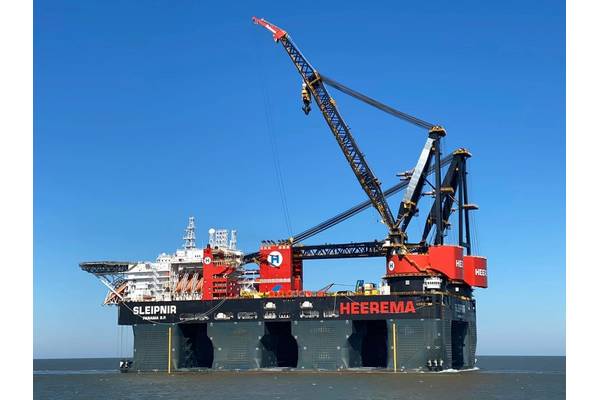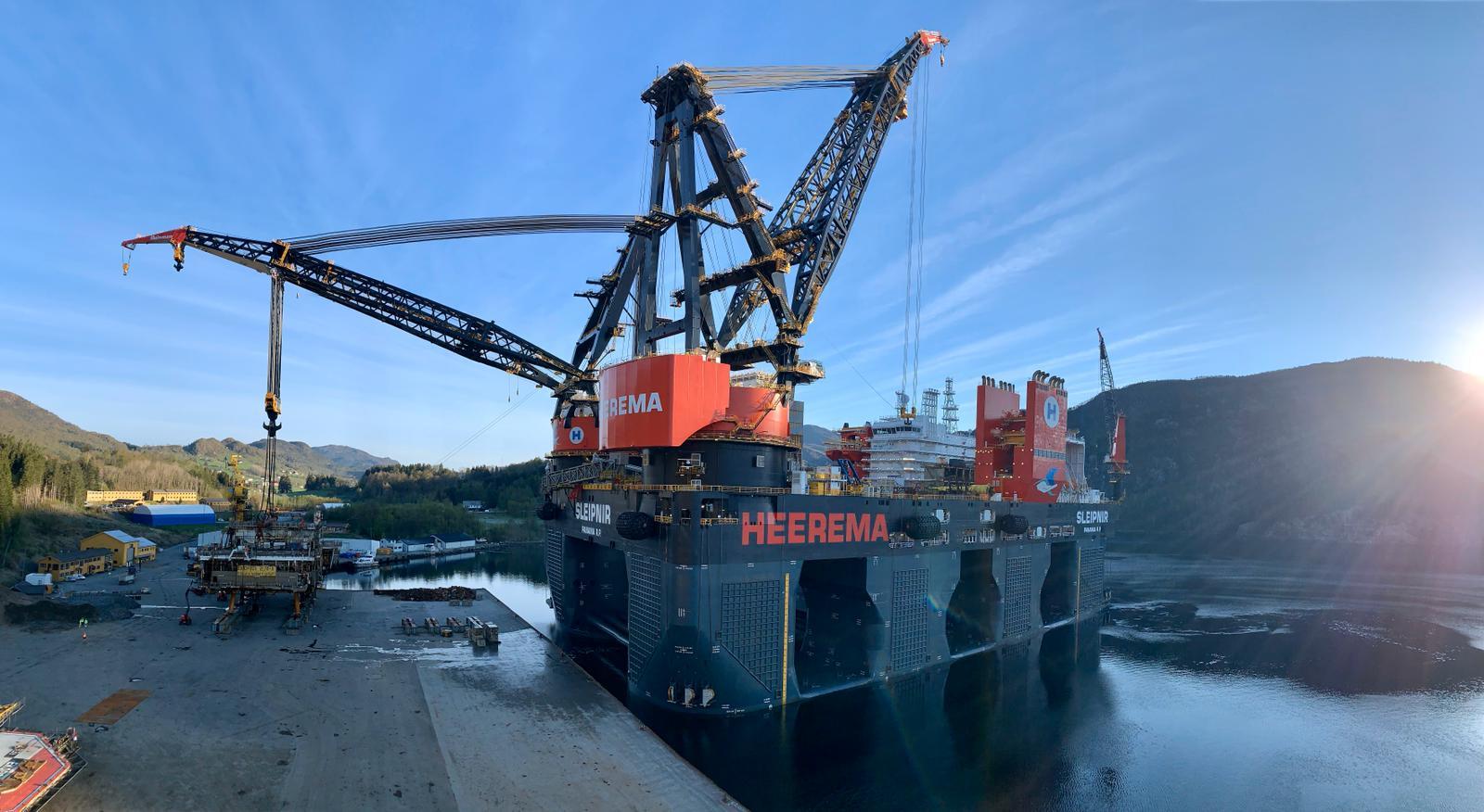

Semi-submersible ships like Yinmahu serve as large maritime transport platforms that can deliver entire weapon platforms, which means that the ship has special strategic significance, CCTV said. It has a large deck with a length of more than 100 meters and a width of more than 30 meters that can submerge more than six meters underwater while the other parts of the ship remain above the surface, the report said.

Yinmahu is the PLA Navy's latest semi-submersible ship. The semi-submersible ship Yinmahu, attached to a support ship detachment of the PLA Navy, recently mobilized for nearly 1,000 nautical miles to an unfamiliar sea region, consecutively carried out vessel loading and transport training, and for the first time held submerge-load-float training at nighttime, China Central Television (CCTV) reported on Friday. Photo: China MilitaryĪ special strategic semi-submersible ship of the Chinese People's Liberation Army (PLA) Navy recently conducted its first nighttime operation training, a move analysts said on Sunday reflects the vessel's round-the-clock combat capability.

Archived from the original on August 20, 2004. ^ "Heerema Mooring Line Deployment Winch".^ "Installation of the Horn Mountain Spar Using the Enhanced DCV Balder".Archived from the original on 13 July 2011. Archived from the original (PDF) on 5 October 2011. Archived from the original on 24 July 2011. in 2007 it moored the Independence Hub Facility in a record breaking water depth of 2438 m (8000 ft), with a world record for the deepest flow line installation of 2743 m (9000 ft).In 2006 it installed BP’s Mardi Gras Atlantis gas export pipeline (0.6 m / 24 in diameter) in a record breaking water depth of 2220 meters (7217 feet).Later in the year, Balder assisted in righting Thunder Horse, found listing dramatically after Hurricane Dennis. In 2005 the world's largest semi-submersible platform, BP's Thunder Horse, was installed.

It was a British platform that blew out and burned to the water, killing 167 of its crew. In 1978 Occidental’s Piper Alpha was the first platform installation with a Semi Submersible Crane Vessel.To accommodate the J-Lay tower, the port crane jib was converted to a fly jib in 2001. In 1984, the lifting capacities were upgraded to 40 short tons respectively in a fixed mode (and 3300 & 2200 in revolving mode). Originally the starboard-side crane was rated at 3000 short ton and the port-side at 2000 short ton. The Balder has two cranes (3600 t, 2700 t). The winch is the largest in the world, with a diameter of 10.5 meters and a safe working load (SWL) of 275 t. Balder was also equipped with class III dynamic positioning system and a mooring line deployment winch. The 98 m J-Lay tower, designed and constructed by Huisman Itrec, is capable of laying pipe in water depths to 3,000 m (10,000 ft). In the 2001 conversion, it was fitted with seven thrusters and a J-lay system. It is powered by seven 3,500 kW azimuth thrusters and two propellers. The transit draught of 12 meters is normally ballasted down to 25 meters for lifting operations, with the floaters (with a draught of 12 meters) are well-submerged, reducing the effect of waves and swell. The hull consists of two floaters with three columns each. Conversion to a DCV was carried out in 2001 by Verolme Botlek BV in the Netherlands. In the early 1980s these vessels set several lift records while operating in the North Sea. Balder and sister vessel, Hermod were the world's first semi-submersible crane vessels. The Balder was constructed in 1978 as semi-submersible crane vessel by Mitsui Engineering & Shipbuilding Co., Ltd. Deepwater construction vessel built in 1978ħ × 3,500 kW azimuth thrusters and two propellers.ĭCV Balder is a deepwater construction vessel (DCV) operated by Heerema Marine Contractors.


 0 kommentar(er)
0 kommentar(er)
